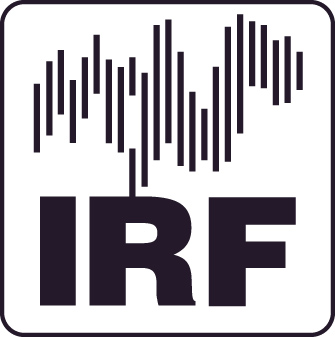

|
| Overview |
| Topical |
| Popular Science |
| Research |
| Observatory |
| Data |
| SEARCH |
| |
| IRF Kiruna |
| IRF Umeå |
| IRF Uppsala |
| IRF Lund |
|
MAP 
|
|
|

|
The first figure shows that the chance of seeing the aurora is much higher when the magnetic field is disturbed than when it is quiet. You can look at what the magnetic field is doing just now [New Window] and judge whether it is worth going outside and looking for the aurora - 'disturbed' here means variations in the magnetic field of more than 200 nT, 'quiet' means less than 60 nT variations.
Disturbed or quiet conditions usually last a few days. So the next figure shows the chance of seeing the aurora depending on conditions the previous day . There is a slight increased chance, particularly in the early evening, if the previous day was disturbed. You can judge the chances for tonight by looking at what the magnetic field was doing yesterday [New Window].
Disturbed conditions are sometimes due to persistent zones of disturbance on the sun, which return to a position where they can affect the Earth each time the sun rotates on its axis. So the next figure shows the chance of seeing the aurora depending on conditions the previous solar rotation (i.e. 27 days earlier) . There is a slight increased chance, again particularly in the early evening, if the conditions were disturbed last rotation.
You can plan your viewing for the next month by studying the magnetic disturbance level in Kiruna previously [New Window] or by looking at the magnetic disturbance predictions [New Window] from Space Environment Lab [New Window] in Boulder, USA. ('disturbed' here corresponds to Ap greater than about 60, quiet to Ap less than 10)
contributors to this page : Peter Amberntsson, Sheila Kirkwood
last updated 8 February 1996